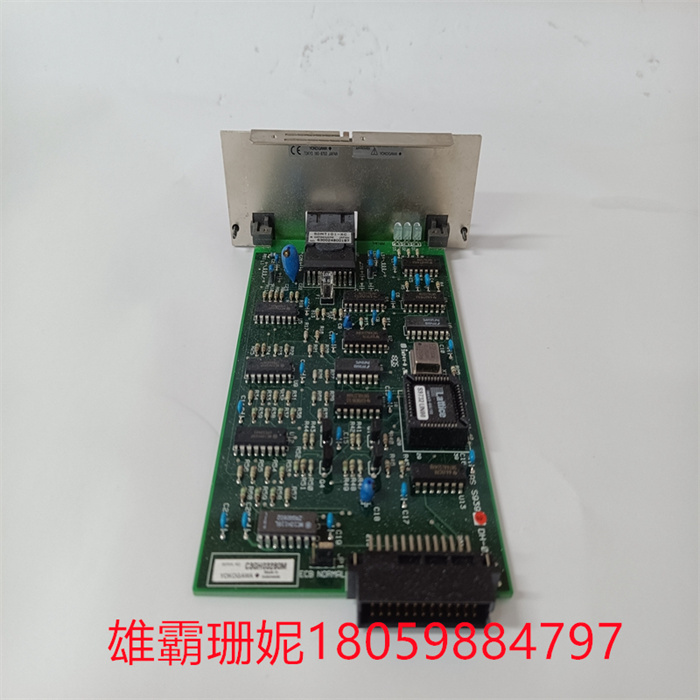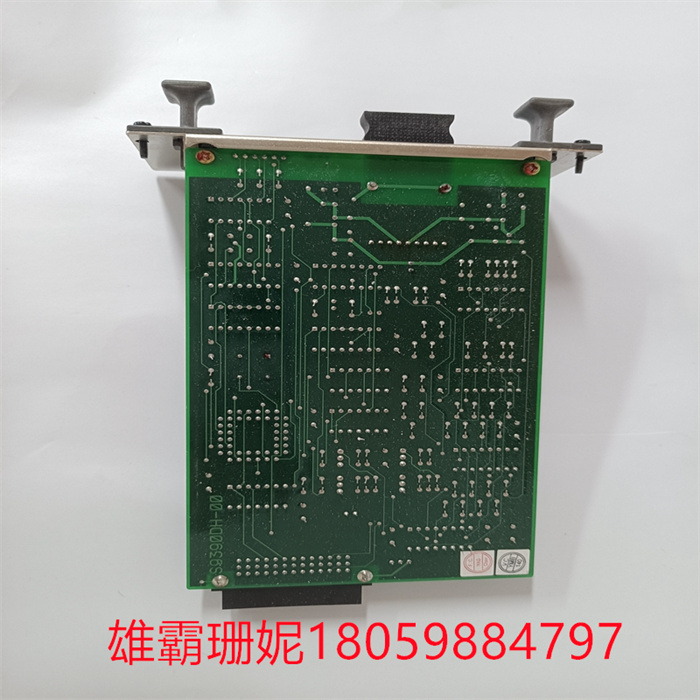YOKOGAWA AIP591 模块卡件
YOKOGAWA AIP591 模块卡件

YOKOGAWA AIP591 模块卡件设置数据的寄存、缓冲逻辑,以适应CPU与外设之间的速度差异,接口通常由一些寄存器或RAM芯片组成,如果芯片足够大还可以实现批量数据的传输。协调作用:能够协调CPU和外设两者在信息的类型和电平的差异,如电平转换驱动器、数/模或模/数转换器等
硬件加速的例子包括位blit图形处理单元(GPU)中的加速功能,使用忆阻器用于加速神经网络和正则表达式硬件加速垃圾邮件控制在......里计算机网络服务器行业,旨在防止正则表达式拒绝服务(ReDoS)攻击。[181执行加速的硬件可能是通用CPU的一部分,也可能是称为硬件加速器的独立单元,尽管它们通常被称为更具体的术语,如3D加速器或密码加速器。
YOKOGAWA AIP591 模块卡件访问存储器中一个特定位置所需的时间。相关的测量单位通常是十亿分之一秒对于主存储,毫秒用于二级存储,以及第二用于三级存储。将读取等待时间和写入等待时间分开(特别是对于非易失性存储器)以及在顺序存取存储的情况下,最小、最大和平均等待时间是有意义的。从存储器中读取信息或向存储器中写入信息的速率。在计算机数据存储中,吞吐量通常用每秒兆字节(MB/s)来表示比特率也可以使用。与延迟一样,可能需要区分读取速率和写入速率。此外,顺序访问介质(而不是随机访问)通常会产生最大的吞吐量。存储信息的紧凑性。它是介质的存储容量除以长度、面积或体积的单位(如每平方英寸1.2兆字节)。基于存储在那里的(部分)内容来选择每个可单独访问的信息单元。内容寻址存储可以使用软件(计算机程序)或五金器具(计算机设备),硬件速度更快,但价格更高。硬件内容可寻址存储器通常用于计算机的CPU缓存。
YOKOGAWA AIP591 模块卡件

The YOKOGAWA AIP591 module card sets the logic of data registration and buffering to adapt to the speed difference between CPU and peripherals. The interface usually consists of some registers or RAM chips, and batch data transmission can be realized if the chips are large enough. Coordination: It can coordinate the differences in information types and levels between CPU and peripherals, such as level shift drivers, digital/analog or analog/digital converters, etc.
Examples of hardware acceleration include the acceleration function in Bit blit Graphics Processing Unit (GPU), the use of memristors to accelerate neural networks and regular expression hardware to accelerate spam control in the computer network server industry in order to prevent regular expression denial of service (ReDoS) attacks. [181] The hardware that performs acceleration may be a part of a general-purpose CPU, or it may be a separate unit called a hardware accelerator, although they are usually referred to as more specific terms, such as a 3D accelerator or a cryptographic accelerator.
Time required for YOKOGAWA AIP591 module card to access a specific location in memory. The relevant units of measurement are usually billionths of a second for primary storage, milliseconds for secondary storage, and second for tertiary storage. It makes sense to separate the read latency from the write latency (especially for nonvolatile memory) and in the case of sequential access storage, the minimum, maximum and average latency. The rate at which information is read from or written to memory. In computer data storage, throughput is usually expressed in megabytes per second (MB/s), and bit rate can also be used. As with latency, it may be necessary to distinguish between read rate and write rate. In addition, sequential access to media (rather than random access) usually produces the maximum throughput. The compactness of stored information. It is the storage capacity of a medium divided by the length, area or volume (for example, 1.2 megabytes per square inch). Each individually accessible information unit is selected based on the (partial) content stored there. Content addressable storage can use software (computer program) or hardware (computer equipment), which is faster but more expensive. Hardware content addressable memory is usually used for CPU cache of computers.
YOKOGAWA AIP591 模块卡件










